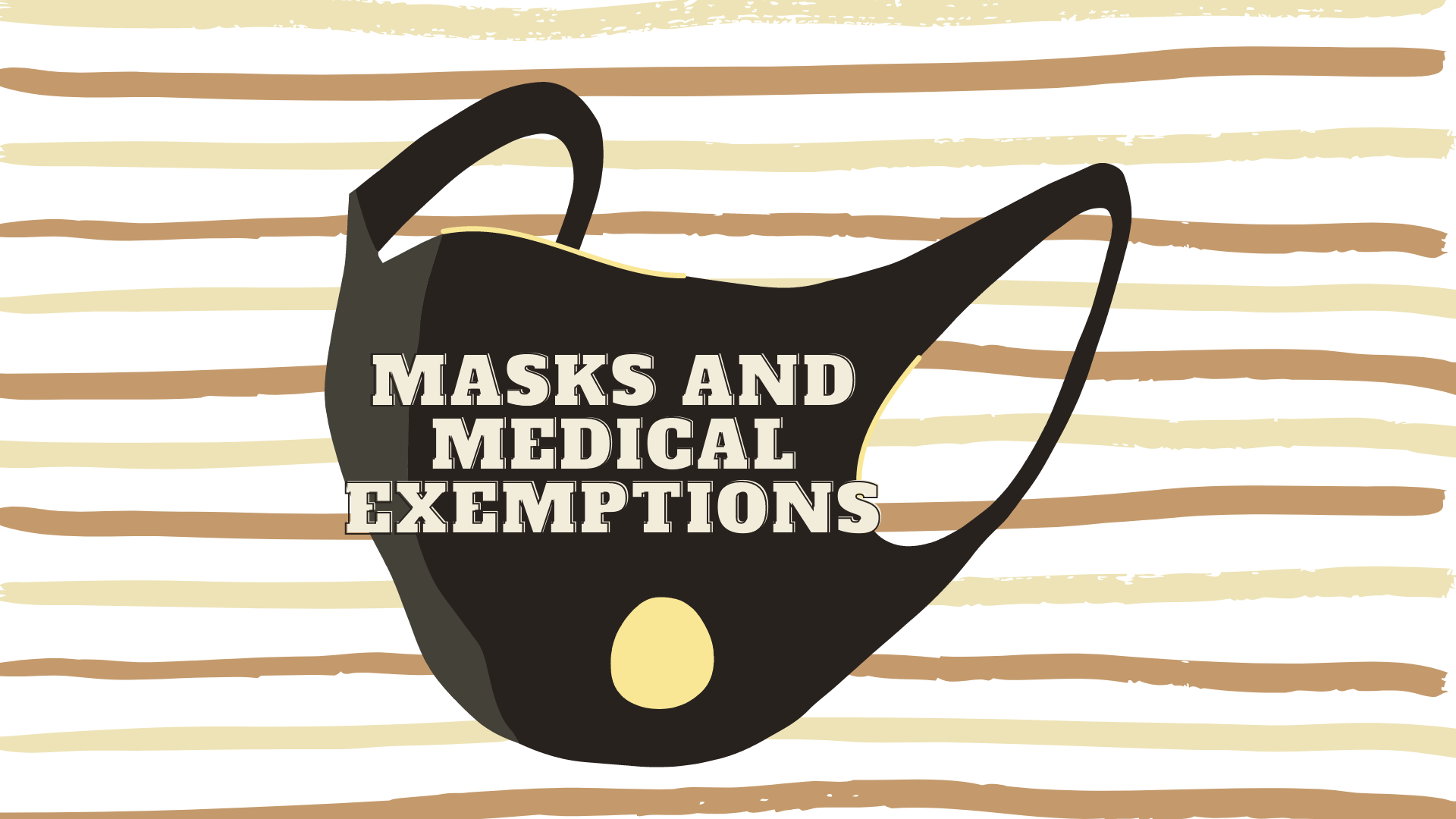Trigger warnings: What are they?
If you have ever binged your favorite show on Netflix, you’ve probably seen a trigger warning alert come across your screen.
A trigger is a stimulus that causes a certain type of psychological or physical reaction; it may be a trauma response or the triggering of behaviors/compulsions of those with some sort of psychiatric disorder. The warning gives the viewer time to either prepare themselves for the upcoming scene or to turn it off, essentially cautioning the viewer of disturbing or upsetting content.
The idea behind trigger warnings is to help those with Post Traumatic Stress Disorder and other psychiatric disorders become aware of what stresses them and avoid it in materials that would cause them harm.
There are many things that might need a trigger warning, but most include physical violence, sexual violence, abuse, slurs, drug and alcohol abuse, eating disorders and self-harm or suicide.
People with triggers try avoiding triggering subject matter (a common strategy used) but it is proven not to be the best way to process traumatic events according to an article by the Greater Good magazine, where they explain the actual warning at the beginning of movies or scenes might not be helpful at all.
According to lead researcher Payton Jones, of Harvard University, “… trigger warnings did not help trauma survivors brace themselves to face potentially upsetting content … in some cases, they made things worse.”
Trigger warnings may theoretically work, and in some cases do, but are not proven to prevent the triggers of people with psychiatric disorders.





